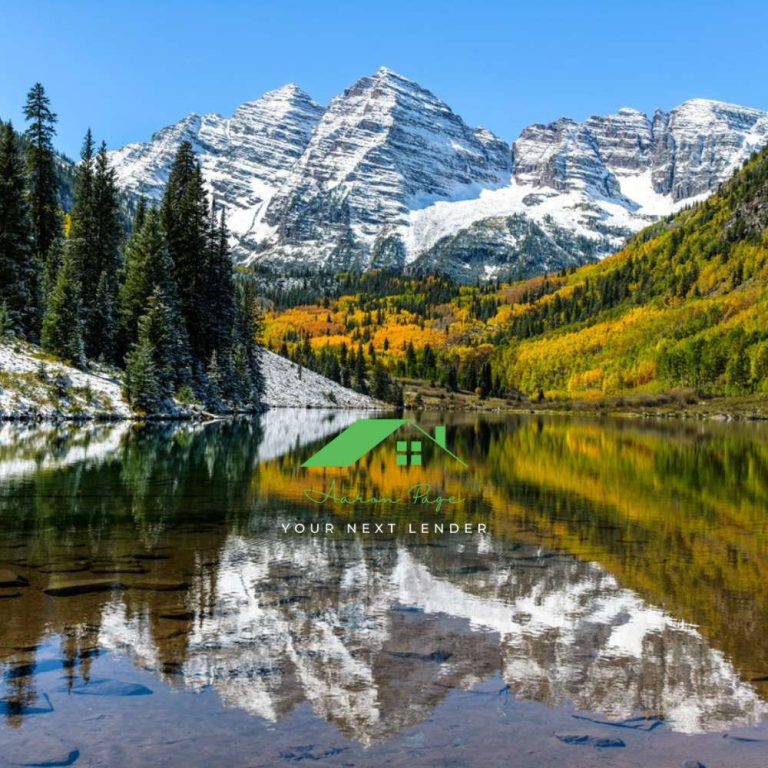Ever dreamt of buying a piece of untouched land, but felt overwhelmed by the financial intricacies? Whether it’s visions of building a dream home, setting up a farm, or just holding onto it as an investment, financing bare land is a unique challenge. But fret not! Today, we’re journeying into the world of bare land financing. So, let’s chart this course together!
Bare Land Basics: The Canvas of Dreams
First things first, what is bare land? Simply put, it’s a piece of land that hasn’t been developed or improved upon. No utilities, no buildings – just raw, untouched land. Now, while this might sound straightforward, securing a mortgage or financing for such land can be a tad more complex than for developed properties.
Bare Land Financing: Why the Hesitation?
Before diving into the how-to’s, it’s essential to understand why many traditional lenders might be hesitant to finance bare land:
- Higher Perceived Risk: Lenders often view developed properties as easier to resell if a borrower defaults. On the other hand, the market for bare land can be smaller and more volatile.
- No Collateral Value: Since there’s no structure on the land, the land itself serves as collateral. This can make lenders nervous, especially if its value doesn’t cover the loan amount.
- Uncertain Development Plans: Lenders may want clarity on what you intend to do with the land. Without a clear plan, there might be hesitation on their part.
Charting Your Bare Land Mortgage Path
For those looking to secure a mortgage for bare land, here’s what you can expect:
- Down Payments: Generally, you might be asked for a heftier down payment for bare land than for a home – sometimes as much as 20-50%.
- Shorter Loan Terms: Unlike the typical 30-year home loan, bare land loans might have a tenure of 10-15 years.
- Higher Interest Rates: The perceived risk of bare land loans can lead to slightly higher interest rates.
- Detailed Plans: Lenders love a borrower with a plan. If you can provide clear intentions for the land’s use, it can improve your chances.
Tips to Secure Bare Land Financing
So, how do you ensure that your bare land financing endeavor is smooth sailing? Here are some pointers:
- Local Lenders: Local banks or credit unions might be more willing to finance bare land, especially if they understand the local market’s value.
- Seller Financing: Sometimes, the landowner might offer financing. This can be advantageous, as they might offer more lenient terms compared to traditional lenders.
- Equity as Collateral: If you own other properties, you might be able to use them as collateral to secure a better deal.
- Consider a Joint Venture: Partnering with someone can reduce the financial strain and make the proposition more appealing to lenders.
The Long Game: Holding onto Bare Land
While many buy land with intentions of immediate development, others see it as a long-term investment:
- Appreciation Potential: Over time, as areas develop and grow, the value of your land can significantly increase.
- Low Maintenance: Unlike properties with structures, bare land doesn’t require much upkeep.
- Future Ventures: Holding onto the land gives you the flexibility to decide on its best use in the future, be it residential, agricultural, or commercial.
Wrapping Up: Bare Land, Bountiful Dreams!
Bare land represents endless possibilities – a blank canvas waiting for a dream to be painted. And while financing this dream might have its challenges, with the right knowledge and a sprinkle of perseverance, it’s entirely achievable.
Remember, every piece of land is unique, much like its owner. With research, planning, and an understanding of the financing landscape, that plot of land can be yours to shape as you please.
Happy land hunting!




